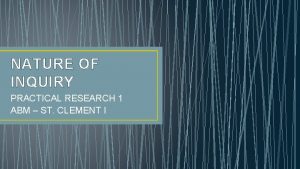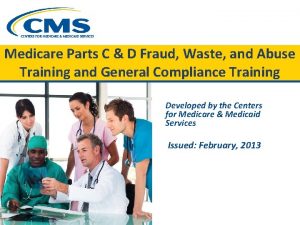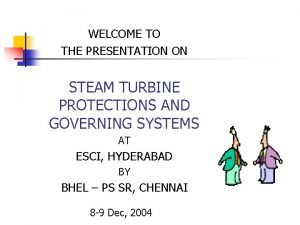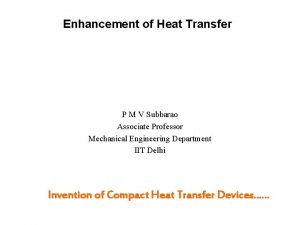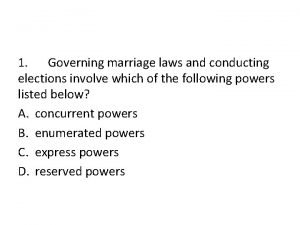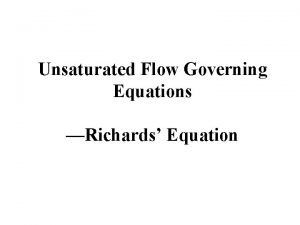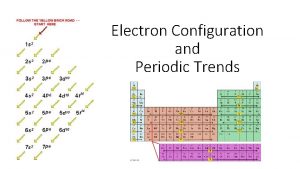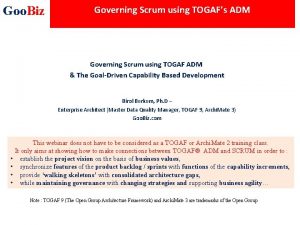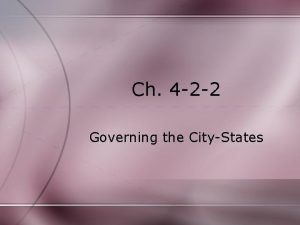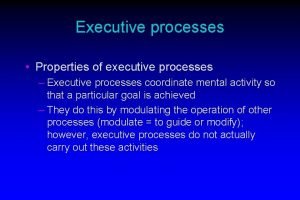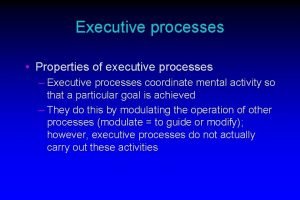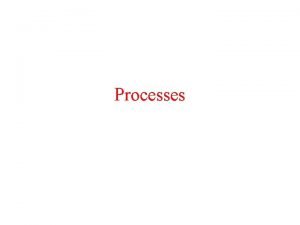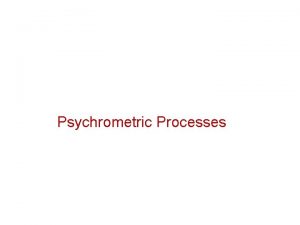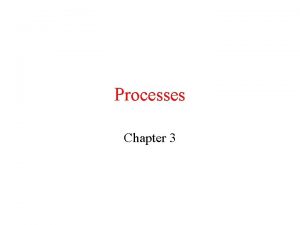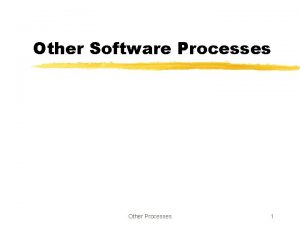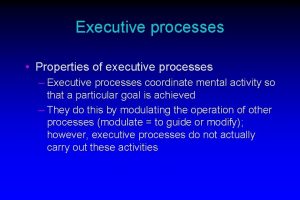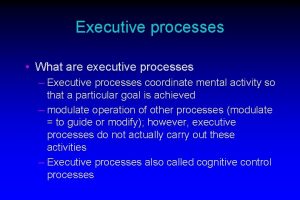REVIEW What processes are represented in the governing

















- Slides: 17

REVIEW

• What processes are represented in the governing equation that we use to represent solute transport through porous media? Advection, dispersion, chemical reactions • How is advection quantified? By the average linear velocity (v) or specific discharge (q) calculated from Darcy’s law. v = q/ = -KI/

• How is the dispersion process quantified? Using Fick’s law of diffusion. • How do we express Fick’s law of diffusion? where Dd is the effective diffusion coefficient. For dispersion: Where D is the dispersion coefficient

Which of these terms represents advection? Which represents dispersion? Which represents chemical reactions?

• According to theory (i. e. , assuming Fickian dispersion) and assuming uniform flow (v = a constant) and an instantaneous source, the concentration profile is always Gaussian. (True or False? ) • According to theory, in a uniform flow field, the breakthrough curve is always Gaussian. (True or False? )

• In the general case, how many components are in the dispersion coefficient tensor? nine • Under what conditions does the dispersion coefficient tensor reduce to one component? 1 D flow with a line source Longitudinal dispersion

• Under conditions of 1 D flow, how do we quantify the longitudinal dispersion coefficient? DL = L v + D* where L is dispersivity D* is the diffusion coefficient • What are the units of dispersivity and physically what is it supposed to represent? Units are in length. It is a “mixing length” that represents the deviations from the average linear velocity caused by mixing within pore spaces (microdispersion) and mixing owing to the presence of heterogeneities (macrodispersion).

• What process is represented by the retardation factor, R? sorption • Give two equations used to quantify R under linear sorption. R = v/vc where Kd = c/c

• The classic example of a 1 st order rate reaction is radioactive decay. Biodegradation of some organic compounds can also be represented as 1 st order reactions. What is the relation between the 1 st order rate constant ( ) and half-life?

• Describe two types of initial conditions. c (x, y, z, 0) = co(x, y, z) c (x, y, z, 0) = 0

• Name two general categories of boundary conditions. specified concentration specified mass flux no mass flux specified concentration Specified mass flux

• Which of these is a “free mass outflow” boundary condition? no mass flux specified concentration Specified mass flux

• Name the two types of numerical errors typically encountered when using conventional finite difference methods to solve the advection-dispersion equation. Numerical dispersion Artificial oscillation/overshoot

• What is the Courant number and how is it used in numerical models that simulate transport? It is used to control the time step as the Courant number is usually less than or equal to one. By controlling the time step, numerical errors are minimized. • What is the Peclet number and how is it used in numerical models that simulate transport? Used to control numerical dispersion & oscillation

What is meant by an explicit finite difference approximation? The space derivatives are evaluated at the known time level; the FD equation contains only one unknown– the concentration at the next (unknown) time level. In an implicit approximation, the space derivatives are evaluated at the unknown time level.

Multiple Choice. Select the correct answer. • The central difference approximation for the advective term in the ADE causes instability in: a) explicit approximations b) implicit approximations c) both explicit and implicit approximations • In upstream weighting, the space derivative in the advective term in the ADE is formulated by using node cj and a) node cj at the next time level b) the immediately adjacent node in the upgradient direction c) the immediately adjacent nodes in both the upstream and downstream directions

• Compared to central differences, the use of upstream weighting for the advection term in the ADE causes more a) b) c) d) e) f) numerical error in approximating the space derivative artificial oscillation numerical dispersion a and b a and c a, b, and c
 Insidan region jh
Insidan region jh Concurrent processes are processes that
Concurrent processes are processes that Inquiry elevates your thinking power
Inquiry elevates your thinking power Laws governing medicare parts c and d
Laws governing medicare parts c and d Rules in locating the core
Rules in locating the core Turbine stress evaluator
Turbine stress evaluator Governing equation heat transfer
Governing equation heat transfer Governing marriage laws and conducting elections involve
Governing marriage laws and conducting elections involve Governing equation
Governing equation Ethical principles governing informed consent process
Ethical principles governing informed consent process The principles of conduct governing an individual or
The principles of conduct governing an individual or The rules and conventions governing correct or polite
The rules and conventions governing correct or polite Rules governing electronic configuration
Rules governing electronic configuration Bypass governing of steam turbine
Bypass governing of steam turbine Governing ourselves
Governing ourselves Governing principles of ra 9184
Governing principles of ra 9184 Governing bodys
Governing bodys Lingua franca project 1999 to 2003
Lingua franca project 1999 to 2003


